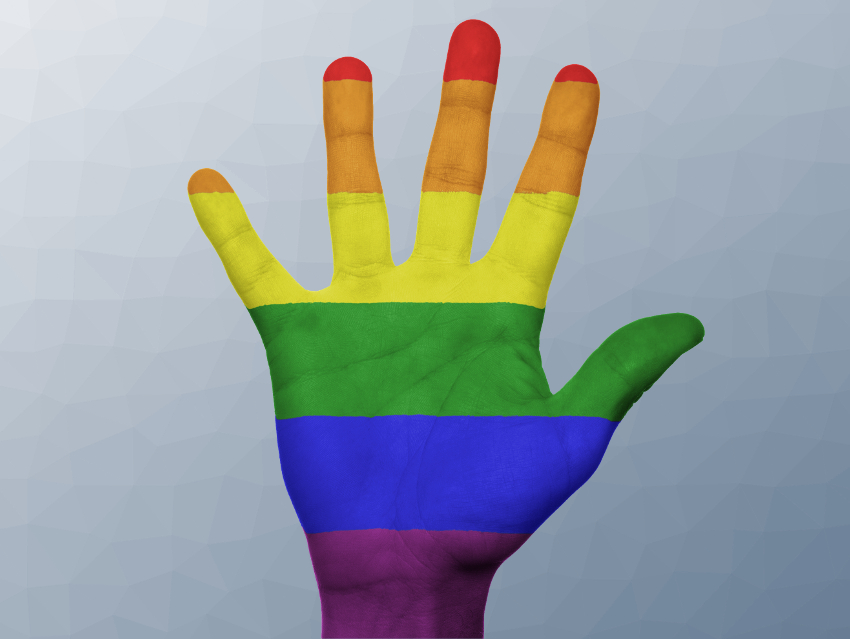Lesbian, gay, bisexual, trans, and queer (LGBTQ+) people in the STEM fields (+ = other sexes, gender identities, and sexual orientations; STEM = science, technology, engineering, and mathematics) still experience discrimination in the workplace. This is shown, for example, in a report on the workplace atmosphere for LGBTQ+ physical scientists [1] that the Royal Society of Chemistry (RSC), the Royal Astronomical Society (RAS), and the Institute of Physics (IOP) of the United Kingdom released in 2019.
According to the report, LGBTQ+ individuals tend to experience disproportionate amounts of exclusionary, intimidating, offensive, or harassing behavior because of their gender identity or sexual identity. The report also gives concrete suggestions on how to address this on different levels: from the individual to employers and societies. Working towards improved visibility is one of the main recommendations.
In an essay in Chemistry – A European Journal, Associate Editor Dr. Joseph D. Unsay explores how scientists work hand‐in‐hand with their institutes to enhance visibility and promote diversity and inclusivity. He highlights 500 Queer Scientists and Pride in STEM as some of the key organizations that promote visibility of LGBTQ+ in science. 500 Queer Scientists is a campaign aiming to increase the visibility of LGBTQ+ researchers and present them as role models for young students and valuable contributors to the scientific community. All entries are self‐submitted biographies (see also Equilibrating Equality – Twelve LGBTQ Chemists Share Their Experiences). Pride in STEM aims to raise the profile of LGBTQ+ people in STEM and highlight the struggles they face. In addition to providing a strong social media presence and serving as a resource hub for LGBTQ+ people in STEM, Pride in STEM organizes events that showcase the talents of LGBTQ+ scientists and is one of the organizations that founded the International Day of LGBTQ+ people in STEM (LGBTSTEMDay).
Unsay points out that such organizations can only do so much when it comes to the improvement of workplace conditions. A lot of the work needs to be done at the level of the institutes, because that is where most of the the harassment, discrimination, and intimidation happens. He asked two organizations to elaborate on the work being done in the institutes: MPQueer from the Max Planck Society Ph.D. Student network and the European Molecular Biology Laboratory (EMBL) Equality and Diversity Office.
MPQueer was established in 2018, initially as a mailing list across all Max Planck Institutes. The group has organized different campaigns with the MPIs aimed at information, visibility, and support for LGBTQ+ scientists. MPQueer has also started a dialogue with the MPI leadership that led to steps toward creating inclusive workspaces. The EMBL Equality and Diversity Office promotes initiatives and actions related to the progression of women and minorities at all EMBL sites across Europe. The group has made progress in supporting the careers of women at EMBL and is now moving to understand challenges faced by other marginalized groups. According to Unsay, the highlighted organizations could serve as an example of what could be done in individual institutes or bigger organizations.
- LGBTQ+ in STEM: Visibility and Beyond,
Joseph D. Unsay,
Chem. Eur. J. 2020.
https://doi.org/10.1002/chem.202002474
Reference
- [1] Exploring the workplace for LGBT+ physical scientists,
Institute of Physics, Royal Society of Astronomy, Royal Society of Chemistry,
https://www.rsc.org/new-perspectives/talent/lgbt-report/. (accessed July 2, 2020)
Also of Interest
- Equilibrating Equality – The Current Situation of LGBTQ Scientists,
Lisa Pecher,
ChemViews Mag. 2019.
https://doi.org/10.1002/chemv.201900097
Being part of a sexual or gender minority in the sciences - Equilibrating Equality – Twelve LGBTQ Chemists Share Their Experiences,
Lisa Pecher,
ChemViews Mag. 2019.
https://doi.org/10.1002/chemv.201900098
Highlighting chemists who have contributed to the visibility initiative “500 Queer Scientists”


